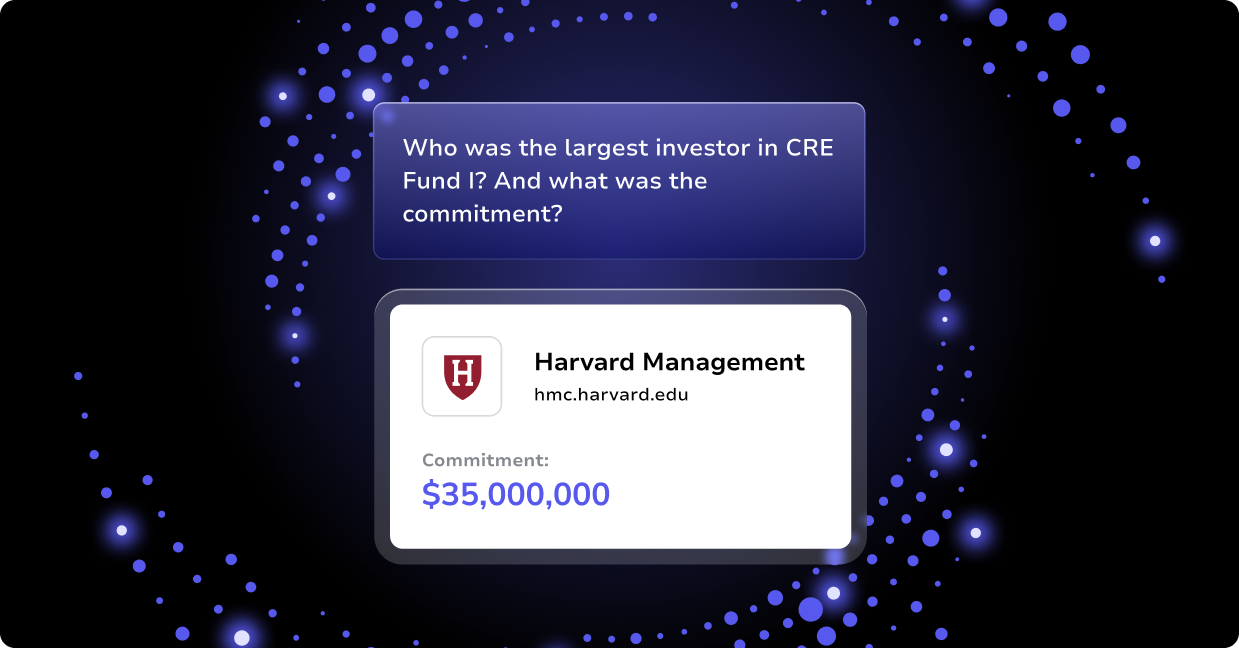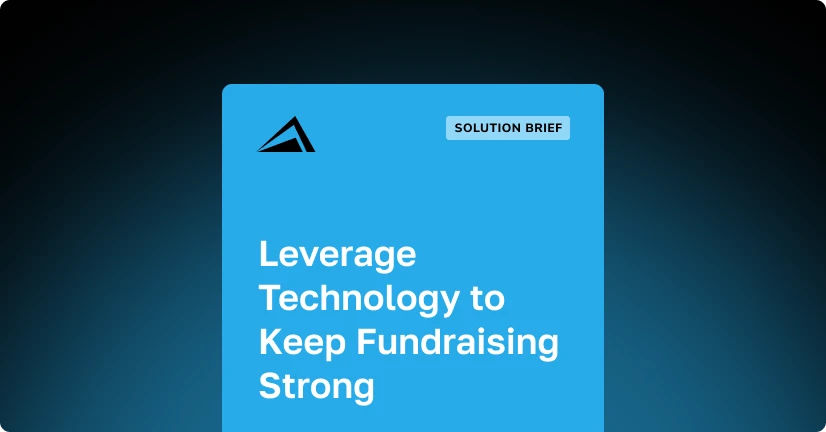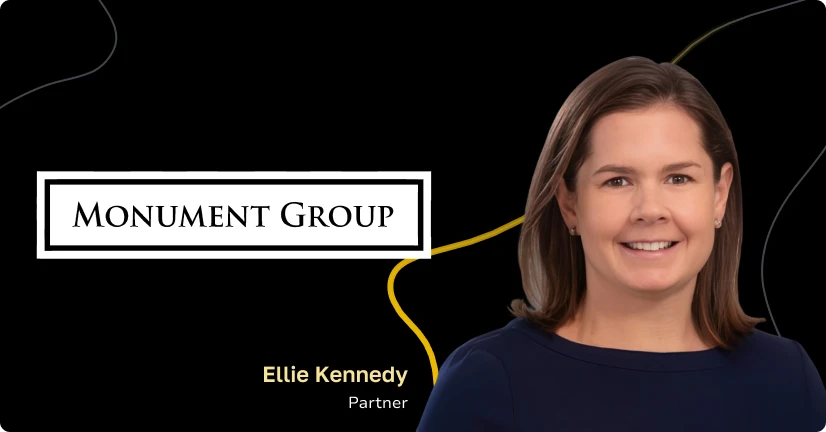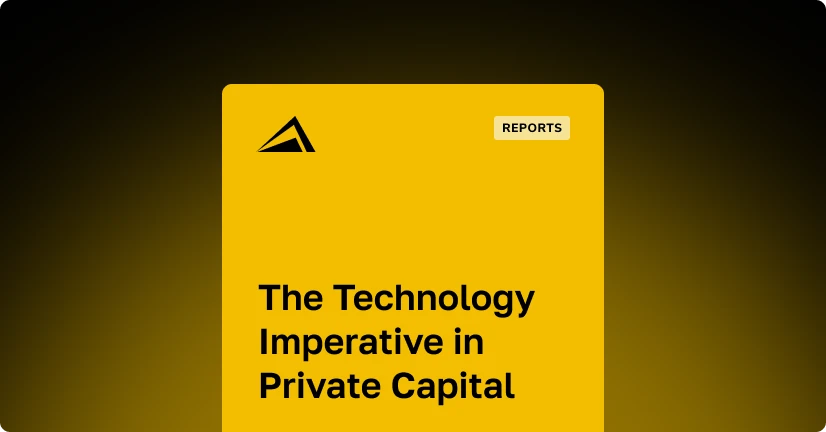
What does differentiation look like for a fund manager? The answer to this question is complex, so let’s break it down. Previously, we covered the building blocks for processes in private equity technology that capture and warehouse data so that private equity firms can leverage new insights.
Let’s look at how this foundation can lead to differentiation.
First, a definition: Differentiation is the result of efforts to make a product or brand stand out as a provider of unique value to customers in comparison with its competitors.
How Does This Translate Into Private Equity Technology?
In private equity, differentiation often stems from a firm’s “secret sauce” for how they source deals and find the best investment opportunities. This typically involves intricate processes and models to produce the best returns and ultimately differentiate from the competition.
While this has worked for many years, the process for achieving differentiation is changing. Many of our customers are in the process of raising their eighth or ninth fund and are continually looking for ways to improve investor perception and deliver more value-add services—on top of excellent performance. So, differentiation is not just performance but the entire stakeholder experience.
This raises three questions:
- What is the investor experience?
- How are investors getting information?
- How are their requests being handled and their needs met?
For example, is information being shared in generic spreadsheets or in branded, visually enhanced formats that are easy to understand and access?
As a trusted advisor, Altvia looks at the big picture to understand what differentiation means to each customer. Then, we collaborate with them to establish the processes and systems/tools to help them achieve it.
Key point: Differentiation for private equity fund managers involves the entirety of the investor experience. What unique practices do you have that can help you stand out from the crowd?
Personalized communication
In managing the investor experience with the goal of creating differentiation, there are a number of variables that affect the dynamics of this relationship, from clear and consistent communications to reporting and transparency.
For example, optimal communication frequency, personalization, and tracking are among the key requirements for connecting effectively with investors and providing official investor documents and project updates.
LP Portal
Investors also expect 24x7x365 access to investment-related materials. They want to obtain information when (and how) it’s convenient for them. This is why an LP portal is so critical. It actually becomes the “hub” of the GP-LP relationship and a powerful resource for stakeholders.
For instance, fund managers using ShareSecure can securely post and share documents, multimedia presentations, and files with investors and then track materials that are viewed. This provides tremendous insight, enabling fund managers to see what’s really relevant and important to investors.
For your investors, this LP portal delivers a high-touch experience that’s all about ease-of-use. You’re empowering them to get what they need whenever they need it. This type of fund manager software benefits your team, as well, since you get fewer questions and requests that might otherwise strain your front and back office.
Reporting
Another component of the investor experience that’s a key part of differentiation is reporting—specifically, the types of data for which reports can be generated and how this data is delivered to the investor.
For instance, if quarterly reports are capturing the conventional data points and are delivered in spreadsheet format, the investor perception is likely to be that the service you provide is rather lackluster. It’s no better than they would receive from any firm.
On the other hand, if your quarterly reports offer additional data points with new insights presented in a visually rich format, then there’s a clear opportunity to really engage the investor and create a positive impression. And impressing an investor not only has benefits today, it can create advantages for you down the road.
This is how data management and fund manager software are evolving—enabling users to go “above and beyond” the static report to deliver data in an interactive format. This approach provides fund managers and investors new insights and can answer questions they didn’t even know they had.
Those “aha moments” can turn investors into vocal advocates for your firm!
How to lead for success with your Private Equity Technology
In the SaaS (software as a service) world, there’s always an ebb and flow of being proactive and reactive. In private equity, for many years, it was more along the lines of being reactive to information and data requests from investors. Fund managers would, over time, develop processes for meeting these requests and then add new technology to increase operational efficiency.
To really provide value to stakeholders and investors, fund managers have to be more proactive and deliver information in highly consumable ways. The value of the GP-LP relationship is based, in part, on the fund manager getting in front of requests using purpose-built fund manager software to provide crucial data that’s readily accessible, visually enhanced, and easy to understand. In short, fund managers have to be more progressive.
Providing meaningful information isn’t so much an act as it is a process. It involves operationalizing investment data, capturing institutional knowledge, and other practices that make a firm’s data rich enough for modeling and insight development. You have to have data points that go beyond simple stats.
By interacting with data in new ways and leveraging novel data sets, fund managers are able to make valuable discoveries and share them using impactful data visualizations. Now, the fund manager can ask and answer a whole new set of questions because of how the data is connected, presented, and made easy to consume.
This strengthens investor relationships and helps set a firm apart. That differentiation is the reward for many years of creating and refining processes for how data is captured, warehoused, analyzed, and harnessed and for supporting those processes with the right fund manager software.



